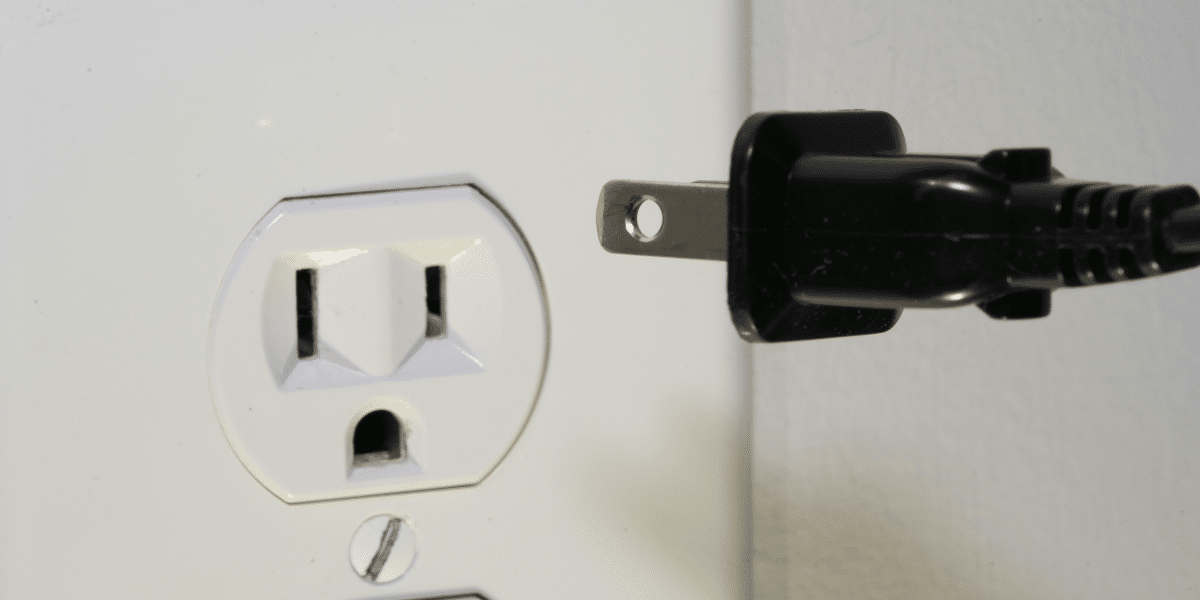Reducing your energy bill doesn’t require buying fancy gadgets and new appliances. If you’re looking to save money or even do what is best for the planet, here are some no-cost changes you can make today to start reducing your electricity consumption.
Unplug Devices When Not in Use
You might not realize it, but your home is full of energy vampires—devices that drain power even when turned off. These include chargers, computer peripherals, and even your coffee maker. These devices all drain power when not in use. A small amount, sure, but small costs add up over months and years.
The solution is simple: unplug your devices when you’re not using them. Make it a habit to walk through your home and unplug any device that is not in use. You can use power strips to make cutting off power to various devices at once easier.
Optimize Your Thermostat Settings
Heating and cooling can account for nearly half of your home’s energy use. You can cut back on that usage by optimizing your thermostat.
How far you should take this depends on your local weather and preferences. If you’re looking for a starting point, try setting the thermostat to a cozy 68ºF while awake and active at home, then lower it when you’re asleep or away from home. You’re less likely to notice the extra cold when you’re bundled under your blankets.
During summer the strategy flips. Set your thermostat higher when you’re not home to save on air conditioning costs. Then, lower it to a comfortable level only when you return. This way, you’re not cooling an empty house, a common and costly inefficiency in many homes.
Leverage Off-Peak Hours and Cheap Rates
Many utility companies offer lower rates during off-peak hours. This means that electricity used during certain times of the day, usually late night to early morning, is charged at a lower rate. By shifting energy-intensive tasks like laundry, dishwashing, and charging electric devices to these hours, you can take advantage of these cheap electricity rates and cut back on your bills.
Check with your local electricity company for the off-peak times and plan your schedule accordingly. And don’t be afraid to shop around for other electricity plans if you don’t like the rates you’re getting. There are price comparison tools out there that can make finding a better deal easy, as this website shows.
Air Dry Clothes and Dishes
Instead of always using your dryer or dishwasher’s drying cycle, why not air dry your clothes and dishes? Setting up a clothesline in your backyard or indoors is easy if space and weather conditions allow. For dishes, after the wash cycle, open the dishwasher door and let your dishes air dry.
Both methods significantly cut down on electricity used by these appliances. Plus, while hanging clothes up to dry can be a chore, letting the dishes air dry is barely any work.
Seal Windows and Doors
A considerable amount of energy is lost through drafty windows and doors. Therefore, if you want to spend less on heating and cooling, you’ll want to seal those leaks.
Don’t worry, we haven’t forgotten the “no cost” theme of this guide. While weather stripping supplies can be found relatively cheaply at hardware stores, if you want to save a buck, there are DIY weather stripping guides. You can seal the gaps using common household materials, including tape, pieces of cardboard, and even old plastic bags.
The final result may not look pretty. However, as long as the leak is sealed, that’s mission accomplished.
Published by: Khy Talara



















